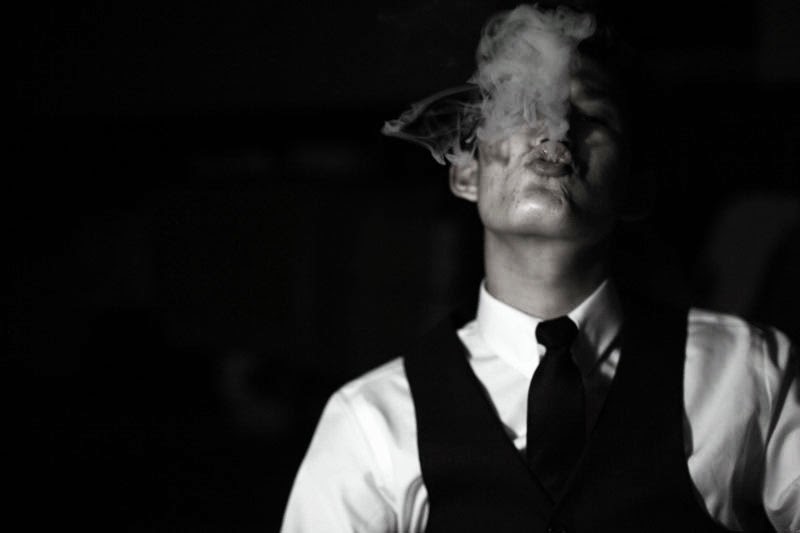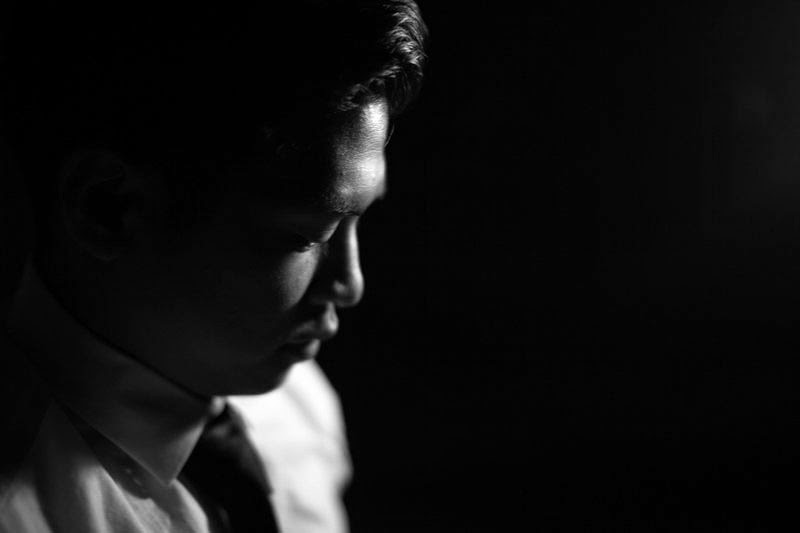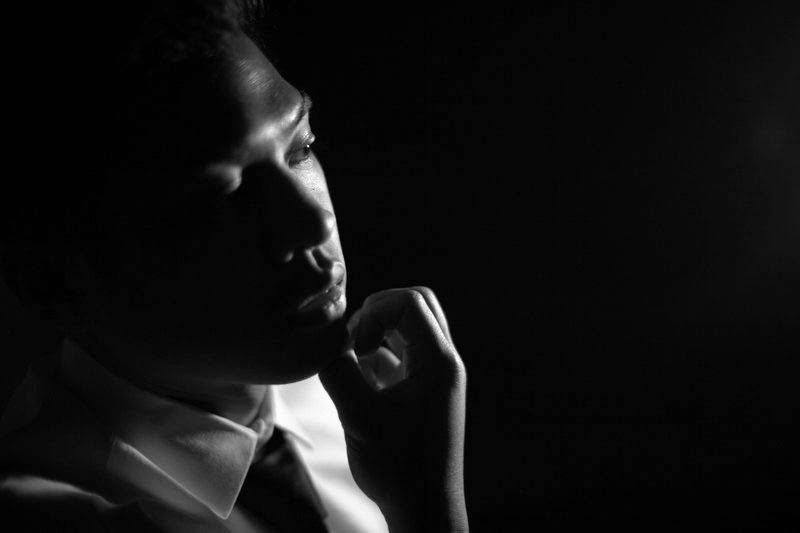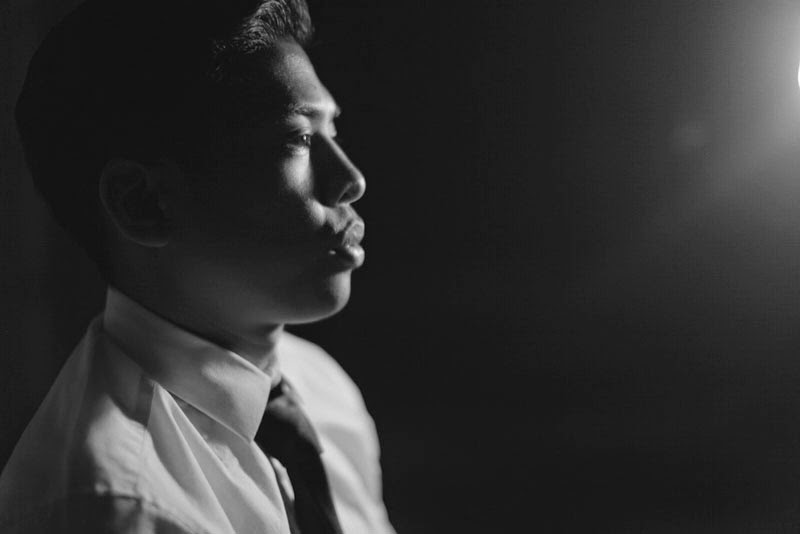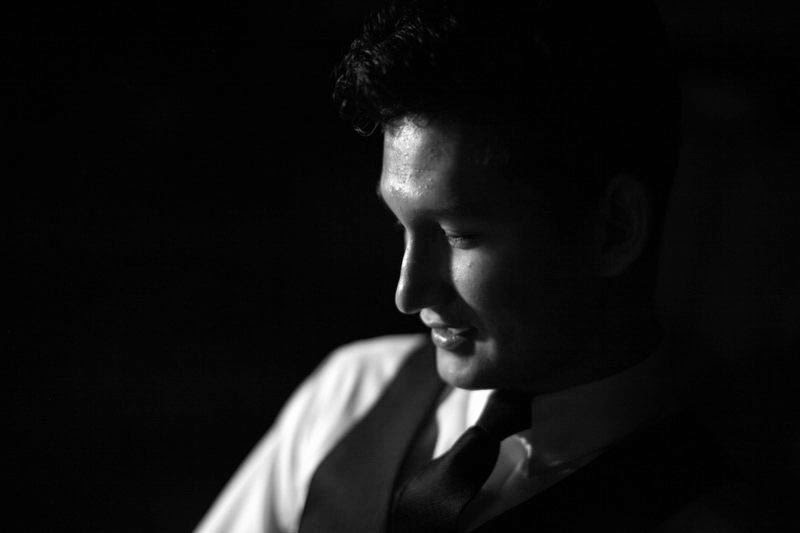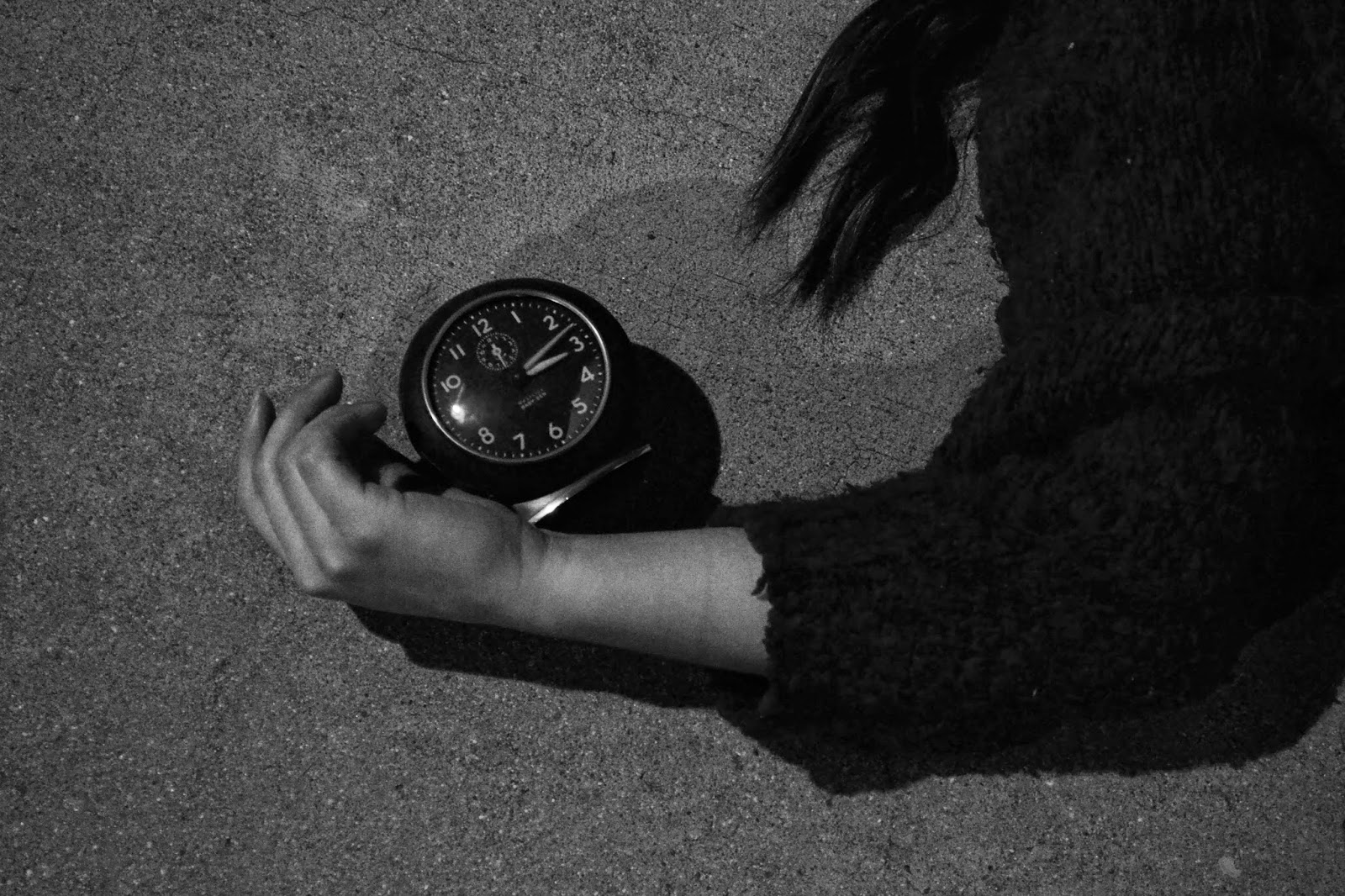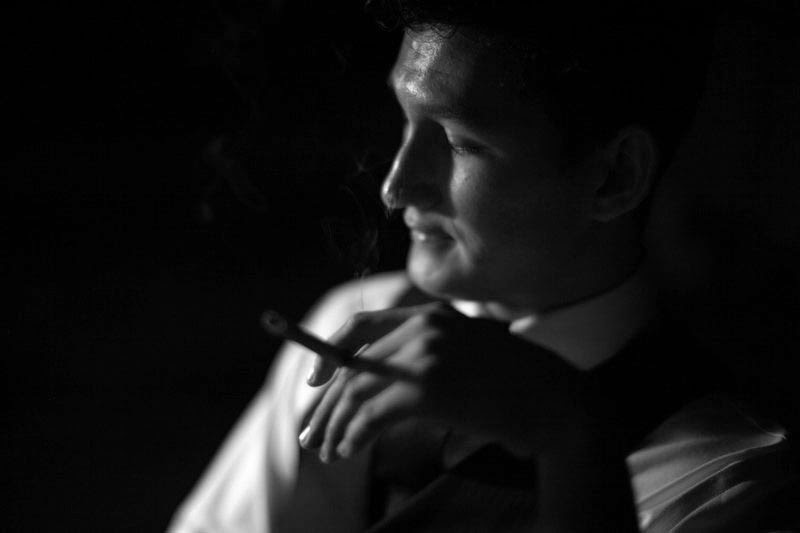Movie trailers are one of
the newest forms of commercial within the advertising business. Right behind
literary and print ads, movie trailers made their mark in the twentieth
century, introducing a new form of entertainment as well as advertising.
Back
then, trailers were short snippets of feature length films that showed very
little of the plot, its characters, settings, in order to ‘tease’ the consumers
into wanting more. It’s a perfectly efficient and potent way of advertising: it
hooks audiences worldwide, only giving them a sample of what is to come and
leaves them wanting for more entertainment.
However, over the last few decades,
trailers are not what they used to be. They employ the same amount of
production and techniques to create them, but the effect is not as powerful as
it once was.
Movie trailers date back to the early twentieth century,
many historians count the year 1913 to be the birth of trailers. To consider
the evolution of trailers up to modern day, one must consider that trailer
length, which would be about thirty seconds to two minutes, is the average
viewing consumers took in. They would go to a theatre, pay their ticket and sit
in a dark room with only one screen and view as much as they wanted.
Nils
Granlund, advertising manager for Marcus Loew’s theatres, produced a
promotional viewing of a hit musical The
Pleasure Seekers. Granlund would place these small promos in between the
short films that are seen in theatres. This idea of promoting video spread from
New York to Chicago where William Selig produced a small series, The Adventures of Kathlyn, which
challenged viewers to return for another episode of the series.
The term movie
‘trailer’ comes from having a title card at the end of a show that would invite
consumers to return for more entertainment.
The birth of the National Screen Service (1919) took hold
on the ‘movie trailer’ business and became the king of the monopoly over the
creation of movie trailers. The NSS would make the trailers and sell them
directly to theatres.
They continued their work right through Hollywood’s
Golden Age of feature length films, often preserving their stylistic editing
choices to promote the films: long description texts about the story, splicing
of scenes, texts revealing the cast, and a narrator to top it all off. These were
simple and straightforward, often at a couple minutes length, but they do not
reveal much about the plot, only the things that could entice and seduce
consumers to come and watch.
This
all changed when auteur filmmakers turned the tide, for example Alfred
Hitchcock, who would introduce one of his masterpieces (Psycho) as himself. He introduced the setting of Psycho himself,
remarking on the serial killer story that surrounds it. Without the use of a
voice-over narrator or the splicing of the actual film, Hitchcock managed to
bring so many consumers to the box office, where he created (and continued to
create) the most sinister films of all time, including, The Birds, Marnie, Vertigo, Rear Window, and more.
Stanley
Kubrick is another example of redefining movie trailers. Kubrick introduced
splicing and editing to a new creative level, debuting Dr. Strangelove as a confusing mix of title cards, text and visuals
from the film. This was called a montage trailer.
It leaves the audience
confused and intrigued at the same time, still employing the use of hooking
audiences. Filmmakers like Hitchcock and Stanley Kubrick stretched the
boundaries of creating the movie trailer without breaking the idea that there
is something worth paying to see. They embody the purpose of entertainment
within a few minutes of moving, visual pictures. It is one of the most
successful strategies of advertising ever made.
An
example of a successful advertising campaign would be to look at the wide
release of Steven Spielberg’s Jaws.
Before 1975, films were released in big cities and then eventually spread out
to smaller markets across the U.S., but advertising for Jaws created a big sensation that would lead to one of the biggest
blockbusters in history. The entire idea of a wide release film was to get the
most out of the advertising kick, which Universal Studios did at almost five
hundred million worldwide.
The trailer for Jaws
included a narrator and an underwater camera searching the depths of the ocean,
leading up to an attack on a woman in the water. There was no plot, characters
or setting introduced and yet Spielberg managed to encapsulate the entire film
in thirty seconds and make the most profit out of it.
In
relation to advertising, the competition in trailers is highly competitive now
that the formats have reached to videogames and television. They have similar
styles, promoting their product (shows and games) through a storytelling
technique. It’s analogous with a book that you can visually and audibly hear,
thus it is a very influential technique of advertising. What separates feature
length films and the rest of the competition is the wide release strategy and
the content that is being sold.
Movie trailers nowadays, in my opinion, follow the agenda
of showing the most out of a film to get audiences to come. They use creative
editing techniques, just like trailers before their time, however they show
more content. This, I believe, has weakened the advertising strategies of movie
trailers because when one shows more substantial content, the more I see, and
the more I see, the less intrigued I become.
Hitchcock’s personal introduction
of Psycho is a perfect example of how
to be mysterious enough to reel consumers in but also reveal the right amount
of content for me to remember it. Compared to Marvel’s The Avengers, which displays only action sequences and the reveal
of the entire plot and villain, I am not as inclined to watch a film where I
can predict exactly what will happen. Of course there are a lot of factors to
consider, but I am willing to spend more money on something that piques my
interest than something that turns off the intrigue completely.
Another example of this would be to examine Christopher
Nolan’s Interstellar trailer.
Based
on personal experience, I tend to talk a lot while watching movies in the
theatre and we all know that we have sat through the fifteen minutes of
trailers for upcoming films. In the last ten years, I have said “Now I know
what happens” after every trailer I have seen and it still happens today. I
witness too much of a film, so much so that I can predict what will happen and
immediately decide not to see it.
This is how much movie trailers have changed
for me. In Nolan’s Interstellar, we
are given clips of America’s history, with Matthew McConaughey narrating a
monologue about how we are defined by mankind’s ability to overcome anything.
We are shown vague clips of a bookshelf, a character in tears, a father and
daughter holding hands and then we’re up in space among the stars. In two
minutes, we are shown a little amount of content, but we are hooked because we
want to know how it all fits together.
In contrast, with Michael De Luca’s Fifty Shades of Grey, we are shown so much content: the story, its
characters, the problem between them and the fillers in between, that there’s
no mystery behind it all. It’s compiled of clips of the two main characters and
we are immediately thrown into their romance, and the obvious conflicts that it
will involve.
Thus, one cannot be as interested because it seems very
predictable and nothing new. I, personally, believe that this is a very weak
trailer, and the only thing it is advertising is exactly what is in it. (Also,
it has one of the most famous followings in the literary world of readers.)
To me, a movie trailer is all about getting an audience
to relate to what’s been shown or to pique their interests in something that is
different. In the last few decades, it seems as though trailers are made to
attract, not to interest, consumers by releasing more substantial content.
It
creates a lesser, weaker version of ‘call to action’, implying that the trailer
makers do not trust the audience enough to see or buy the product so they
result in showing more. One of the most important principles in advertising is
to build around an audience and their interests, building a trust between
advertisers and consumers in order to fulfill those needs.
Movie trailers are one of the most successful strategies
of advertising because it holds so much content within a short amount of time:
music, visuals, special effects, actors and actresses, editing, imagination,
and more.
However, like everything else in advertising, there is always a weak
point. For example, a jingle in a commercial is very repetitive, catchy and can
make a consumer remember a product, but at the same time, it can create an
annoyance and completely turn off a consumer’s interest in a second.
It’s the
same with trailers. When a trailer becomes more than two minute long, or a
character takes off their mask to reveal they are the villain, or when an
important part of the story is fluffed up, it can immediately turn off a
consumer’s tie to the product. Showing less content, trusting the audience, and
beefing the suspense of whether to see a film or not is what I believe to be
the key component of a successful trailer.














